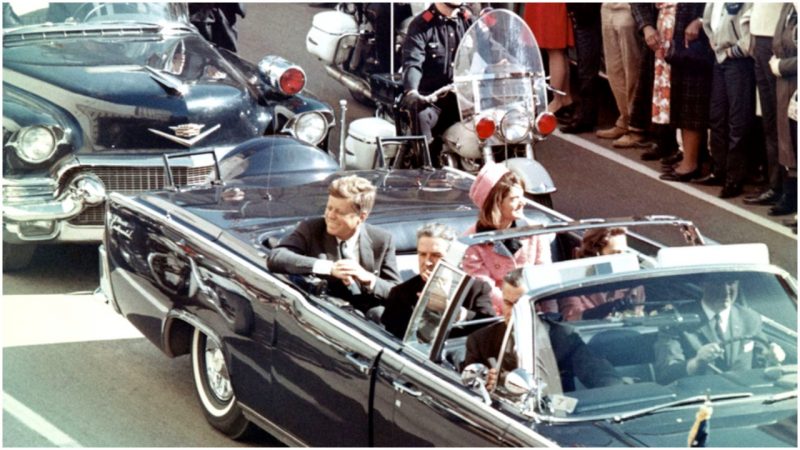When government files that contained thousands of documents investigating the assassination of John F. Kennedy, long withheld from the public, were finally released, historians, investigators, and journalists expressed themselves eager to dive in. Among them was Gerald Posner, author of the 1993 bestseller Case Closed, a 640-page-long finalist for the Pulitzer Prize for History which argued that Lee Harvey Oswald acted alone on November 22, 1963, in shooting the president.
Posner said there are no assassination breakthroughs in the newly released files, which is as he expected. In an exclusive interview with The Vintage News, Posner, an attorney, investigative reporter, and author of books on Josef Mengele, James Earl Ray, and the Vatican Bank, said, “I believe a lot of people expected blockbuster disclosures about ‘Who killed JFK’ and they were let down.”
But not all of the government documents pertaining to the investigation into President Kennedy’s death were released. And once those final files are made available to the public, some interesting facts could emerge.
“The last-minute hold up to a full release were security and privacy objections filed by primarily the CIA, FBI, and State Department,” Posner explained. “The law passed in 1992 that ordered the release of all the files this year did not allow any redactions. The agencies argued that in some cases the documents had names of people still living. Moreover, in the case of Mexico City, the names of some Cuban informants to the CIA would be disclosed, creating problems either for them or for their families. President Trump’s response was to provide a maximum of six months, until April 26, 2018, for the agencies to release all remaining documents while allowing them to redact identifying information about anyone alive.”
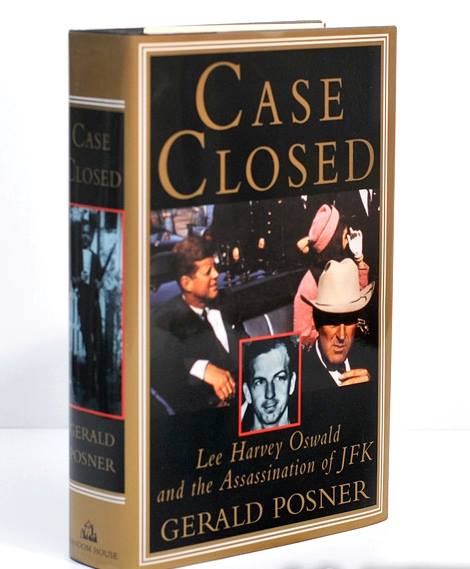
Posner believes there is more yet to know about Oswald’s trip to Mexico City just weeks before President Kennedy was murdered. Oswald is known to have visited the Cuban Embassy to seek a visa, and when told that he would have to be on his way to the Soviet Union to go to Havana in 1963, Oswald went to the Soviet Embassy to request one. There he met with KGB officers. Personnel at both embassies allegedly refused Oswald a visa. However, there is a great deal of murkiness to Oswald’s five-day stay in Mexico City. After the assassination, the CIA said it had no photos of Oswald going into or leaving either embassy or any tapes, even though there were operatives stationed nearby that had both places under constant surveillance. Access to those final censored documents could connect some important dots.
“Oswald’s Mexico City trip is of great interest because some serious researchers believe Cuban government officials might have provoked him, or somehow maneuvered him, into a state of mind where he was willing to try to kill JFK,” Posner said.
After serving as a U.S. Marine and receiving sharpshooter training, Lee Harvey Oswald defected to the Soviet Union in 1959. He and his Russian wife, Marina, returned to the United States without fanfare several years later, and moved to Texas, being fired from a series of jobs until he took one at the Texas Book Depository. During this period, Oswald, an avowed Marxist, is known to have expressed pro-Castro views and said he wanted to strike a revolutionary blow for communism. He was an activist earlier in 1963 in New Orleans, passing out “Fair Play for Cuba” leaflets on street corners.
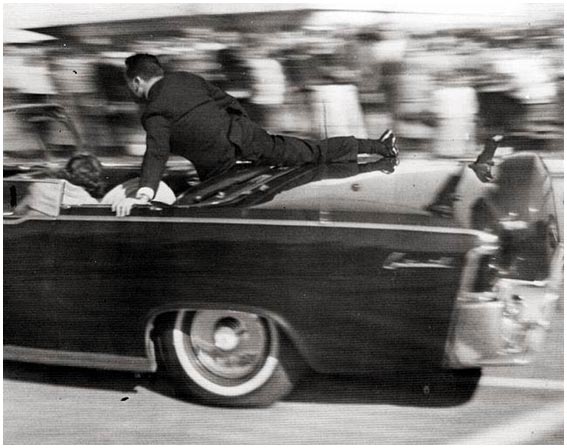
“Previous unconfirmed reports have put Oswald at a party with Cuban communist officials [in Mexico City],” Posner said. “Did this happen? If so, will the files reveal whether the CIA knew about that? What, if anything, might it mean about Oswald’s state of mind when he returned dejected to Texas in early October 1963?”
The author continued: “I am also interested in finding out whether the files provide an answer to something Fidel Castro said only a few months after the president was killed in Dallas. A high ranking American Communist Party official–who also was secretly an FBI informant–met with Castro in Havana. And Castro told him that when Oswald had visited the Cuban mission in Mexico City that previous September, he had made threats against JFK. Did Castro make up the story as a boastful way to impress his American visitor? Or was it true, in which case the question becomes whether the CIA knew about it contemporaneously because of its intelligence surveillance of the Cuban mission? If Oswald made such a threat, and the CIA knew about it, what did the Agency do once Oswald returned to America? Even if the last JFK files answer all those questions, they won’t change the conclusion that Oswald alone killed JFK. But they might either embarrass Cuban officials who encouraged Oswald to strike a blow for the revolution in America, or the CIA for not having warned the FBI or Secret Service about a possible threat to the president.”
From a historian’s point of view, the files released over the last two months are gripping, Posner said. “While all the files public so far might be disappointing to those looking for evidence of some grand conspiracy, they have offered a few fascinating glimpses inside the FBI and CIA and other government agencies during the height of the Cold War. In that way, they have inadvertently turned out to be the equivalent of an archival time capsule on the Cold War.”
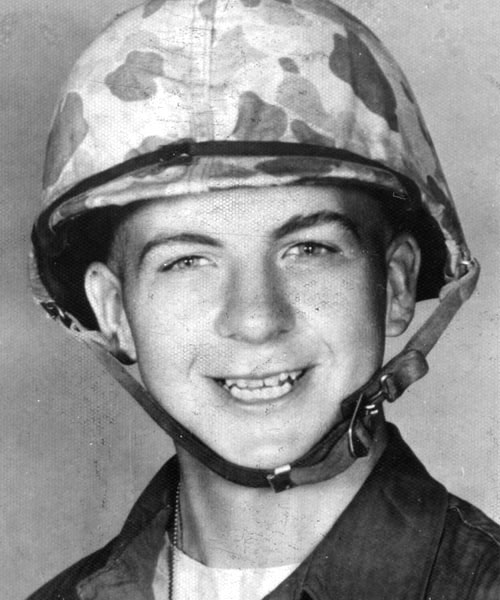
One surprising revelation in the assassination files is the presence of similarly classified documents that have nothing to do with JFK: intelligence reports from agents who followed up on supposed sightings of Adolf Hitler. According to rumor, Hitler survived World War II and was living in South America.
“Intelligence agencies are like vacuum cleaners in that they pick up everything,” Posner said. “Every historical researcher understands that intelligence agents report good information, along with rumors and innuendos from their confidential informants. CIA files already public have plenty of unsubstantiated and later discredited accounts of Hitler surviving the war. Similar reports in intel files exist about Martin Bormann, Hitler’s top deputy. I’m not surprised to see a 1955 document that is based on 4th hand hearsay (the CIA station chief in Venezuela said an Agency asset had spoken to a former SS soldier who in turn had told him that he had met a person ‘who strongly resemble and claimed to be’ Hitler). The CIA wisely realized this was a fake report and suggested the ‘matter be dropped’ since it was ‘an apparent fantasy.’ ”
Posner said the document about Hitler does not pass a “common sense test.” He explained, “For this story to be true, Hitler would have survived the war and kept his real identity a secret for 10 years. Somehow, however, according to this account, when he met an ex-German soldier he didn’t even know, Hitler immediately boasted that he was the fugitive Fuhrer. Not very likely. At least not in the real world, maybe only in Hollywood films or in a recent aired, and very flawed, History Channel documentary.”
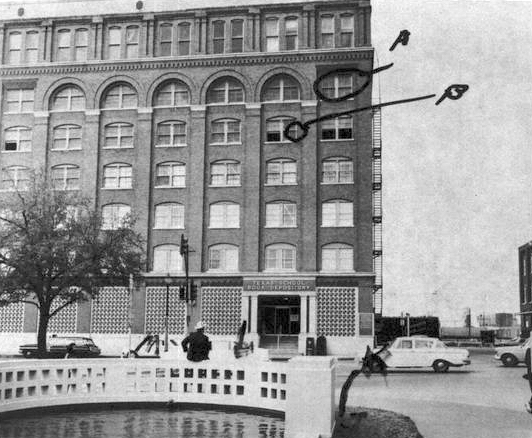
The truth is more straightforward, he said. “The Soviet Army found Hitler’s burned corpse, and those of others of his inside circle, in Berlin in 1945. He had either taken a cyanide capsule or shot himself as Russian troops advanced to his underground bunker. However, since the remains were taken back to Moscow and never provided to international forensics experts for examination, for several years after the end of the war, the U.S. and British governments investigated reports that Hitler might have survived and was on the run.”
Posner’s stance in Case Closed that Lee Harvey Oswald acted alone definitely thrust him into controversial waters. In an introduction to an updated edition, Posner wrote, “While the media’s response was overwhelmingly positive, the reaction from the conspiracy community was the opposite–not simply negative, but often vitriolic.” Posner found himself threatened, boycotted, and picketed. “There is more than enough evidence available on the record to draw conclusions about what happened in the JFK assassination,” he wrote. “But apparently most Americans, despite the strength of the evidence, do not want to accept the notion that random acts of violence can change the course of history and that Lee Harvey Oswald could affect our lives in a way over which we have no control.”
